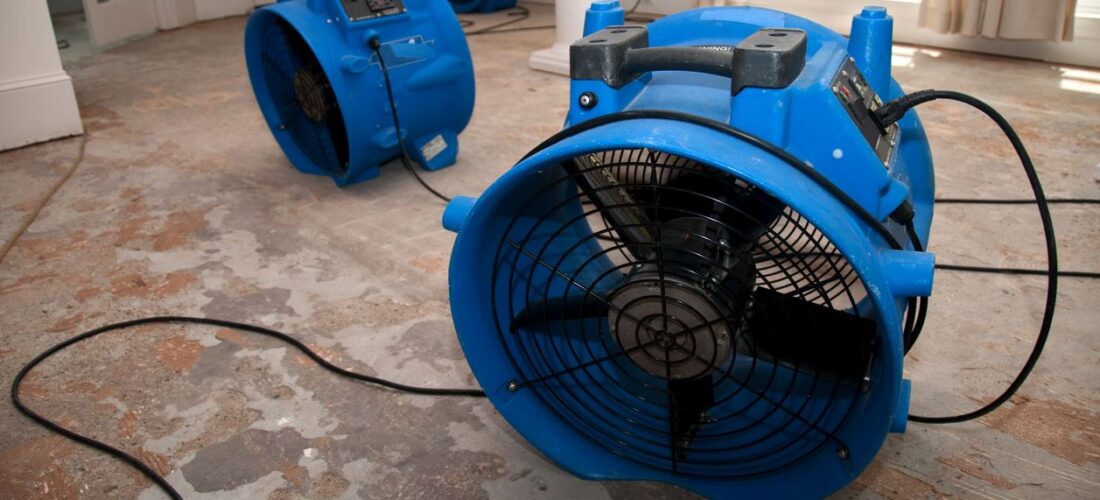For many people, the day doesn’t officially begin until that first sip of coffee hits the lips. More than just a caffeine fix, the morning coffee ritual is a deeply personal moment that sets the tone for the hours to come. Whether it’s a rushed gulp before dashing out the door or a slow, meditative process, how you prepare and consume your coffee can reveal more about you than you might think.
Your morning coffee ritual isn’t just a habit—it’s a form of self-expression. It’s in the mug you choose, the brewing method you prefer, and even the environment you create around that moment. Like handwriting or fashion sense, it reflects something about your personality, values, and mindset.
The Early Riser’s Coffee: Discipline And Intention
If you’re up before the sun, carefully measuring your grounds and boiling water with precision, chances are you value structure and discipline. Early risers who prioritize a slow, thoughtful coffee-making process tend to be intentional in other areas of life. You might be someone who schedules your day, sets goals, and thrives on consistency.
Your coffee isn’t just about energy—it’s a quiet declaration of control over your day. For you, the act of making coffee is a grounding ritual, a signal to the brain that it’s time to shift gears from rest to action. The quiet hum of the kettle or the soft drip from a pour-over maker are part of a larger process of preparing both body and mind.
The Grab-And-Go Coffee Drinker: Efficiency And Drive
If your morning coffee involves swinging by a drive-thru or pressing the brew button as you grab your keys, you’re likely someone who prizes efficiency. Your life is busy, your mornings packed, and coffee is the fuel that keeps the momentum going. This approach doesn’t make the ritual any less meaningful—it just looks different.
People who prefer this style often live by the motto “time is money.” You may be results-oriented, goal-driven, and focused on productivity. Your coffee is utilitarian, but it’s also essential. In many ways, your cup signals to others—and yourself—that you’re ready to take on whatever comes next.
The Social Sipper: Connection And Conversation
For some, coffee is best enjoyed with others—whether it’s a casual chat with a partner, a shared brew with a roommate, or a virtual coffee catch-up with a friend. If you prioritize the social aspect of your morning cup, it says a lot about your value for connection and shared experience.
You might be the kind of person who thrives on communication, emotional support, and community. Even if you brew your coffee solo, you may still gravitate toward enjoying it in communal spaces like kitchens or cafes, surrounded by the quiet buzz of others starting their day.
Coffee, for you, is more than taste or caffeine. It’s an invitation to pause and connect—a way to create intimacy in a world that often pushes us toward solitude.
The Mindful Brewer: Calm And Creativity
If you treat your coffee like an art form—carefully grinding beans, timing the pour, and savoring each step—you probably approach life with a sense of curiosity and mindfulness. The mindful brewer enjoys the process just as much as the outcome.
You may be someone who finds joy in small details. Whether you’re a creative, a thinker, or someone who simply craves a moment of calm before the chaos, your morning coffee routine is a form of meditation. The smell, the sound, the warmth of the cup in your hand—all of it contributes to your mental clarity and emotional balance.
Your coffee moment is a sacred pause, a chance to realign with your intentions and check in with yourself before facing the noise of the outside world.
The Experimental Drinker: Adventurous And Open-Minded
Do you regularly switch up your coffee routine—trying new beans, testing different methods, or experimenting with spices and milk alternatives? Then you’re likely someone who embraces change, enjoys novelty, and isn’t afraid to explore new territory.
This approach suggests a personality that thrives on innovation and refuses to settle for monotony. The experimental drinker often sees life as a series of opportunities to learn, grow, and experience something fresh. Coffee, in this case, becomes a canvas for creativity.
You may also enjoy spontaneous plans, diverse conversations, and varied routines. Your openness in the kitchen likely mirrors an openness in the way you think, work, and live.
More Than A Beverage
Ultimately, your morning coffee ritual is a small, repeated decision—but it offers a snapshot of who you are and how you move through the world. Whether it’s slow or rushed, solitary or social, experimental or consistent, it reveals something deeper about your relationship with time, self-care, and intention.
The beauty of rituals is that they are both deeply personal and quietly powerful. They mark transitions, establish rhythms, and carry emotional weight even when they seem mundane. A cup of coffee isn’t just a drink—it’s a daily moment of choice. A moment that belongs entirely to you.
Check these out for related content:
https://seabreezetinyhomes.com
https://informagiovanicirie.net
https://thinkingcreatively.org
https://healthcareforgunner.com
https://free-download-casino.com









